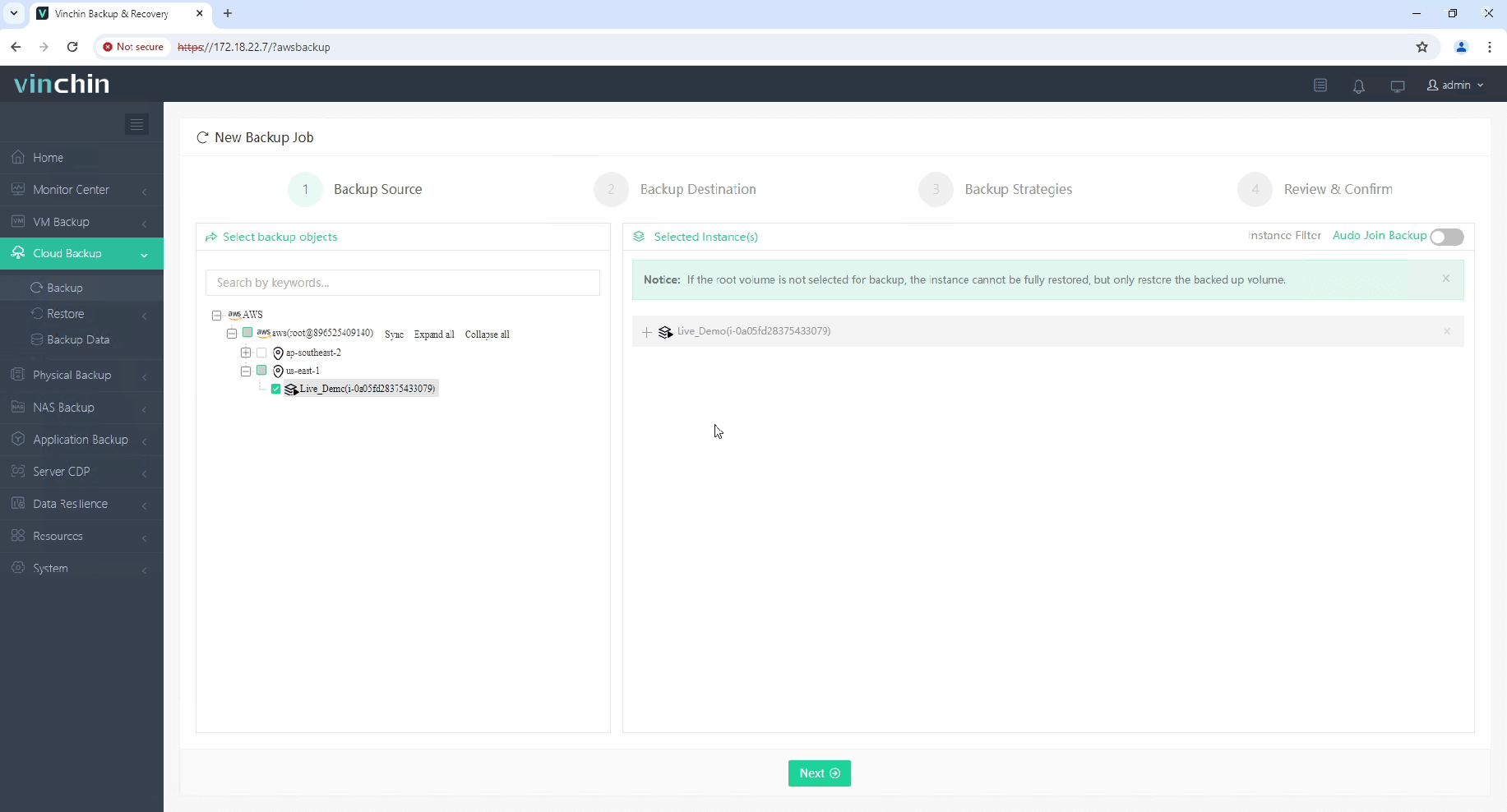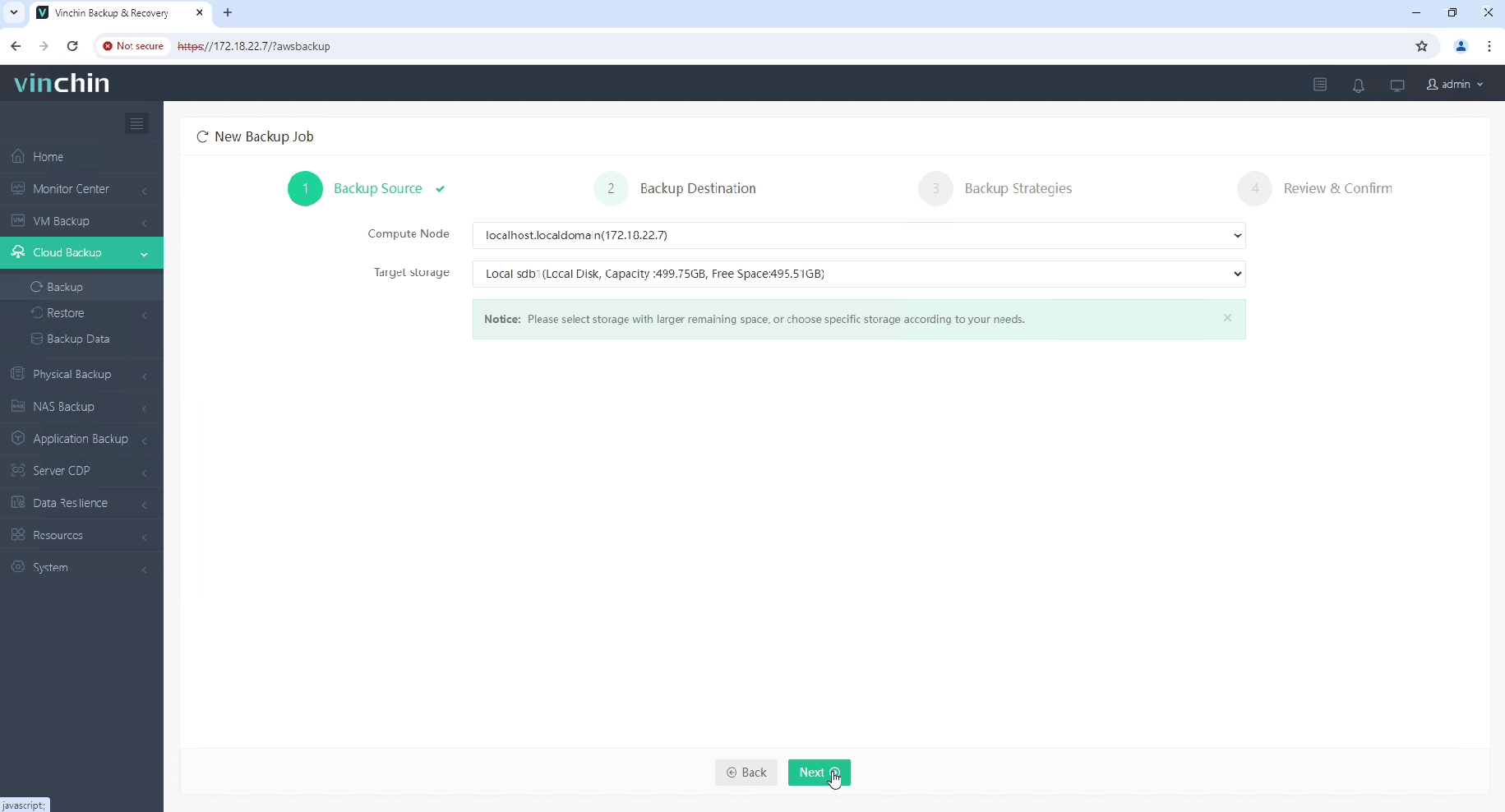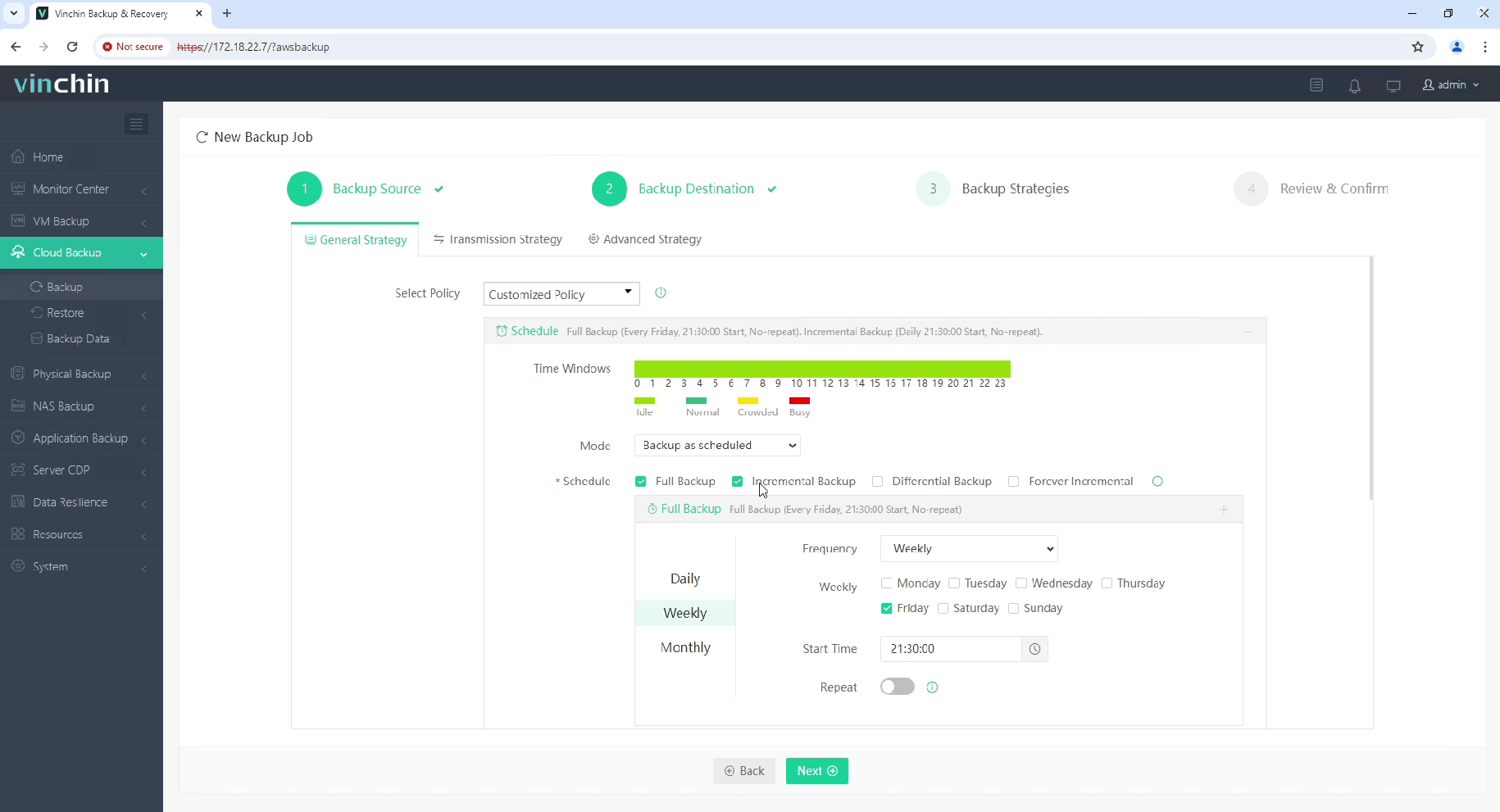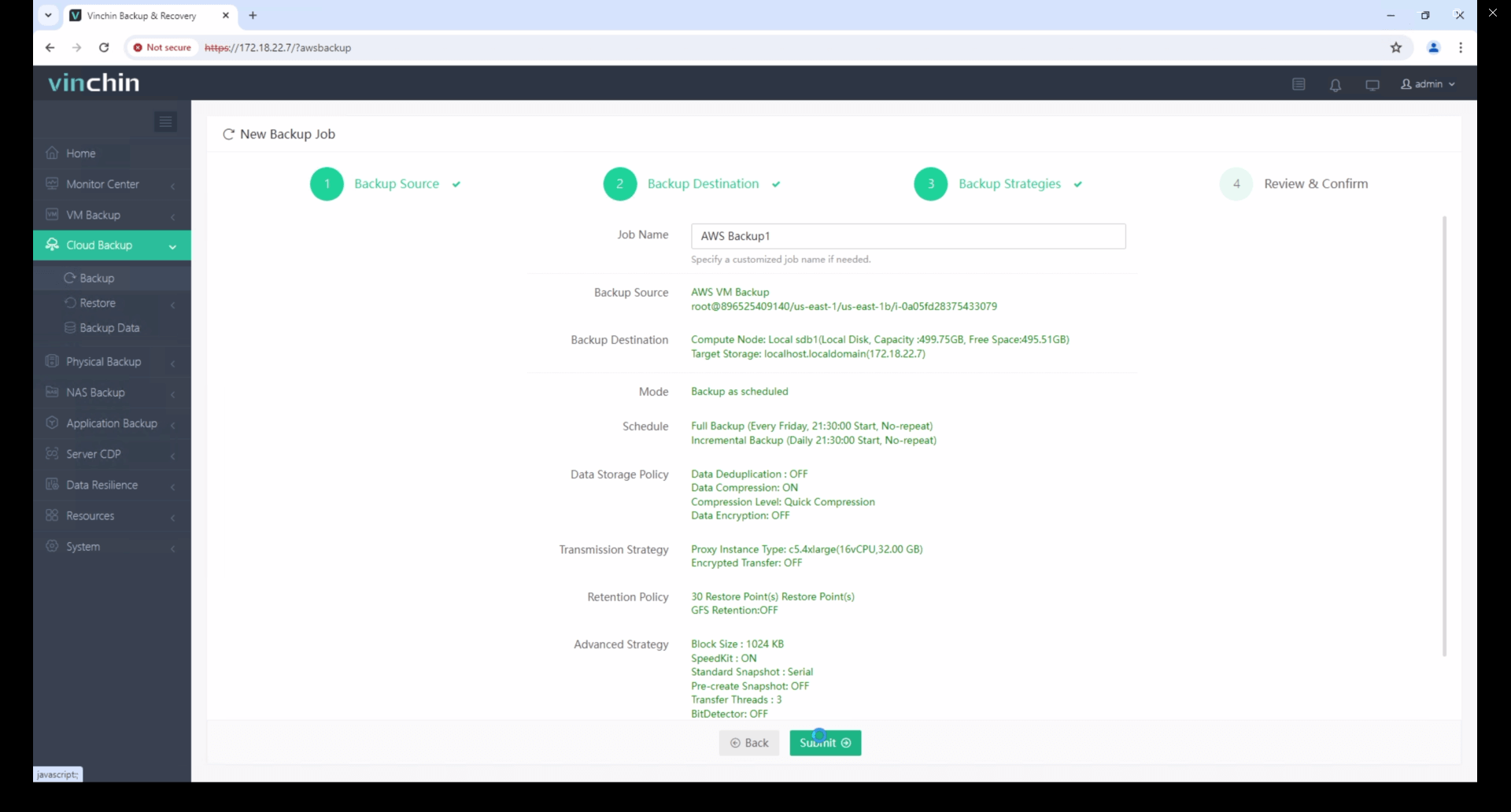-
What is Elastic Computing in Cloud Computing?
-
How does Elastic Computing Work?
-
Advantages of Elastic Computing
-
Key Components of Elastic Computing
-
What is the Key to Successful Elastic Computing Practice?
-
Elastic Computing FAQs
-
Conclusion
In real-world scenarios, there are often situations where resource demand experiences a sudden surge in a short period or continuously increases over a long period. During these times, it is crucial for resource supply to constantly meet the changing demand to ensure normal business operations. Traditional methods not only fail to dynamically allocate and release resources but also pose risks of resource waste or business disruption since the supply must cover the maximum demand within the cycle.
To enable computing power to automatically adjust according to load variations, achieving higher efficiency and lower costs, elastic computing has rapidly developed over the past few years and has now become an important component of cloud computing.
What is Elastic Computing in Cloud Computing?
Elastic computing is a cloud computing service that provides the ability to dynamically adjust computing resources, effectively responding to load variations, optimizing costs, and enhancing system reliability. This service allows users to increase or decrease resources based on actual needs, avoiding the rigidity and limitations of traditional computing resources. A key feature in the elastic computing model is auto-scaling, where the system automatically expands resources when the load increases and reduces resource usage when the load decreases, thus ensuring performance while avoiding resource waste.
Elastic computing is not just about the rapid expansion and contraction of computing resources; it also emphasizes a pay-as-you-go billing model. Users no longer need to pay for resources that might not be needed in the future but instead pay based on the actual consumption of their applications. This billing model fundamentally reduces IT costs for enterprises and improves resource utilization efficiency.
Moreover, service providers typically offer management interfaces or APIs, allowing users to automate the process of resource management through these interfaces or APIs, enabling real-time elastic adjustments in computing power. This automation can save a significant amount of time and management costs, allowing enterprises to focus more on their core business.
How does Elastic Computing Work?
Virtualization technology is a key enabler of elastic computing. It allows multiple virtual machines to share resources on a single physical server, with each VM able to dynamically adjust its resource allocation based on demand. For example, VMware's vSphere platform offers extensive resource management capabilities, including elastic allocation of CPU and memory.
Virtual machines are the most common type of elastic computing, but containers (such as Docker) and serverless computing (such as AWS Lambda) are also gaining popularity. Containers are more lightweight than virtual machines, while serverless computing allows developers to focus entirely on code without the need to manage underlying resources.
Public cloud services, such as AWS, Azure, and Google Cloud Platform, provide comprehensive elastic computing solutions. However, for scenarios requiring higher security or customization, private clouds are also a viable option. For instance, OpenStack offers an open-source software platform for building private cloud environments.
Advantages of Elastic Computing
The main advantages of elastic computing include the following:
Improved System Performance: By dynamically adjusting computing resources, the system can operate more stably, leading to enhanced performance.
Reduced Operational Costs: Enterprises can flexibly adjust resources based on actual needs, avoiding the purchase of excessive equipment and maintenance costs.
Enhanced Business Agility: Elastic computing allows for faster responses to market changes, helping enterprises seize business opportunities.
Improved Service Quality: In the event of sudden traffic surges, elastic computing can help enterprises respond quickly, ensuring service quality and user experience.
Key Components of Elastic Computing
In an elastic computing environment, the following core components are indispensable:
Compute Nodes
Compute nodes are servers or virtual machines that execute the actual computational tasks. These nodes typically offer various configuration options, including CPU, memory, storage, and network.
Resource Scheduler
The resource scheduler is responsible for distributing tasks and resources among compute nodes. It needs to consider multiple factors, including but not limited to task priority, resource requirements, and availability. For example, Kubernetes is an open-source container orchestration platform with a built-in scheduler that can automatically assign containers to appropriate nodes based on predefined rules and policies.
Storage Services
Storage services typically include block storage, file storage, and object storage, to meet different types and scales of data needs. Amazon S3 and EBS (Elastic Block Store) are key examples. Amazon S3 is an object storage service suitable for storing large amounts of unstructured data. EBS provides persistent block storage, ideal for databases or file systems.
Network Components
Network components include load balancers, API gateways, DNS, and more, which together ensure efficient data transmission between various components and services. Examples include AWS ELB and API Gateway. AWS’s Elastic Load Balancer (ELB) automatically distributes incoming application traffic, achieving higher availability and fault tolerance. API Gateway is used to manage, maintain, and monitor API interfaces.
What is the Key to Successful Elastic Computing Practice?
In advanced practices, disaster recovery is indispensable. The failure of any single component can lead to the unavailability of the entire service. Therefore, a comprehensive disaster recovery plan is fundamental to any successful elastic computing practice.
Vinchin Backup & Recovery is designed to provide comprehensive data protection and disaster recovery for virtualized environments, including VMware, Hyper-V, XenServer, XCP-ng, oVirt, RHV, OpenStack, Proxmox, Amazon EC2 and database, NAS, file server, Linux & Windows Server, etc. Tailored for virtual environments, Vinchin offers automated backups, agentless backup, LAN/LAN-Free options, offsite copying, instant recovery, data deduplication, and cloud archiving. With data encryption and ransomware protection, it provides dual insurance for VM backups and supports easy V2V migration.
It’s quite easy to backup VMs or EC2 instance with Vinchin Backup & Recovery:
1. Select the backup object.

2. Select backup destination.

3. Configure backup strategies.

4. Review and submit the job.

Here is a full-featured 60-day trial below! Or, contact us with your requirements, and you will receive a tailored solution for your IT landscape.
Elastic Computing FAQs
1. Q: What is the difference between scalability and elastic computing?
A: Scalability refers to a system's ability to handle increased load by adding resources, such as CPU, memory, or storage, either vertically (adding more power to existing machines) or horizontally (adding more machines). Elastic computing, on the other hand, is the ability of a system to automatically scale resources up or down based on current demand. While scalability is about the capacity to grow, elastic computing emphasizes the flexibility to dynamically adjust resources in real-time, ensuring efficient resource usage and cost-effectiveness.
2. Q: What is the difference between agility and elasticity in cloud?
A: Agility in cloud computing refers to the ability to quickly develop, test, and deploy applications, allowing businesses to respond rapidly to changes or new opportunities. It focuses on the speed and efficiency of adapting to new requirements. Elasticity, on the other hand, is the ability of a cloud system to automatically adjust resource allocation in real-time based on demand, scaling resources up or down as needed. While agility is about the speed of adapting to change, elasticity is about the flexibility to manage resources dynamically.
Conclusion
Early elastic computing was primarily based on virtualization technology, but now it increasingly adopts containerization and microservices architecture to better meet changing business needs. Additionally, elastic computing continues to evolve, with improvements such as more automation features, enhanced security, and the integration of artificial intelligence and machine learning algorithms to increase system reliability and availability. In the coming years, elastic computing is expected to further develop and improve to better meet the business needs of enterprises.
Share on:









